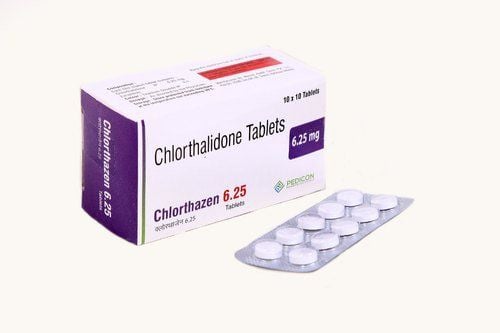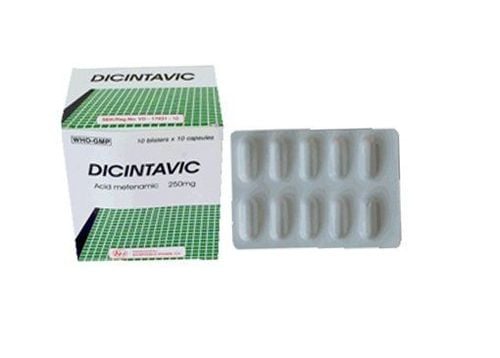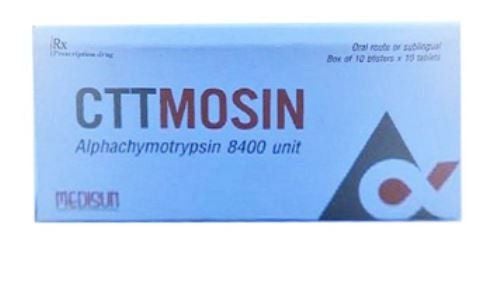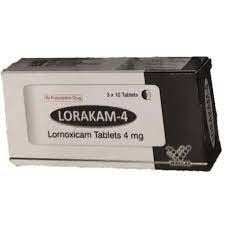This is an automatically translated article.
Febuxat has the main ingredient Febuxostat, which inhibits the enzyme xanthine oxidase, which is a medicine for the treatment and prevention of gout. The drug is indicated in chronic or acute hyperuricemia, not as a substitute for other gout medications.
1. What is Febuxat?
The main ingredient of Febuxat is Febuxostat, which inhibits the enzyme xanthine oxidase - an enzyme that converts purines to uric acid in the blood, thereby reducing uric acid levels in the blood.Febuxat taken orally is rapidly absorbed, unaffected by food. After oral administration, the drug is bound to plasma proteins, moving to specific sites in the joints. Febuxat drug is eliminated in feces and urine at the rate of 49% and 45%.
2. Indications and contraindications for treatment of Febuxat
2.1. Indications Febuxat is indicated for the treatment of the following cases:
Patient is diagnosed with gout with increased uric acid. Patients with gout have accumulation of urate crystals (history of gout with tophi, urate stones). Prophylaxis and treatment of hyperuricemia in elderly patients undergoing chemotherapy. 2.2. Contraindications Febuxat is contraindicated in patients taking azathioprine or mercaptopurine for whom Febuxat is not indicated.
3. Dosage and usage
How to use: The patient takes the drug during or after a meal.
Dosage:
Patients with increased uric acid: Initial dose 40mg/day. Increase dose if patient does not respond, maximum dose: 80mg/day. Patients with renal impairment, mild to moderate hepatic impairment: use the usual dose, no need to adjust the dose.
4. Notes when using Febuxat
During the use of Febuxat, patients should pay attention to the following issues:
Allergy to Febuxostat or any other ingredient of the drug. Patients with serious cardiovascular diseases such as myocardial infarction, stroke, unstable angina, restrict the use of Febuxat. Patients who are being treated for cancer and tumors when using drugs need to monitor their cardiovascular functions regularly. Febuxate should not be used in patients who are in remission of uric acid levels. Treatment with colchicine or an NSAID should be initiated at least after the month prior to taking Febuxat. Organ transplant patients should not use Febuxat, as it may cause unwanted reactions. Symptoms of thyroid dysfunction may be aggravated by Febuxat. Febuxat drug crosses the placenta and breast milk, so pregnant and lactating women should not use.
5. Febuxat interactions with other drugs
When combining Febuxat with Xanthine oxidase, it will inhibit the metabolism of Theophylline - a substrate of Xanthine oxidase, reducing the effect of both.
In addition, food and antacids do not alter the effects of Febuxat.
6. Febuxat side effects
During the use of Febuxat, some side effects may occur with the following frequency:
Common effects
Acute gout attack when taking the first dose. Headache, dizziness, dizziness. Slurred speech, nausea, vomiting, possibly diarrhea. Liver dysfunction. Rash after drug use, facial edema. Uncommon effects
Thyroid dysfunction. Increased blood sugar, increased blood lipids. Reduced desire. Sleep disorders . Cardiac arrhythmia, palpitations. Musculoskeletal pain. Kidney failure, kidney stones. Rare effect
Decrease in blood cell lines: leukopenia. Anaphylactic reaction. Pancreatitis . Visual disturbances. Thus, Febuxat is a drug to treat hyperuricemia in patients with acute or chronic gout. In addition to the therapeutic use, the drug also causes some unwanted effects on the organ systems. Therefore, patients should take the drug under the direction and supervision of a specialist.
Follow Vinmec International General Hospital website to get more health, nutrition and beauty information to protect the health of yourself and your loved ones in your family.
Please dial HOTLINE for more information or register for an appointment HERE. Download MyVinmec app to make appointments faster and to manage your bookings easily.













